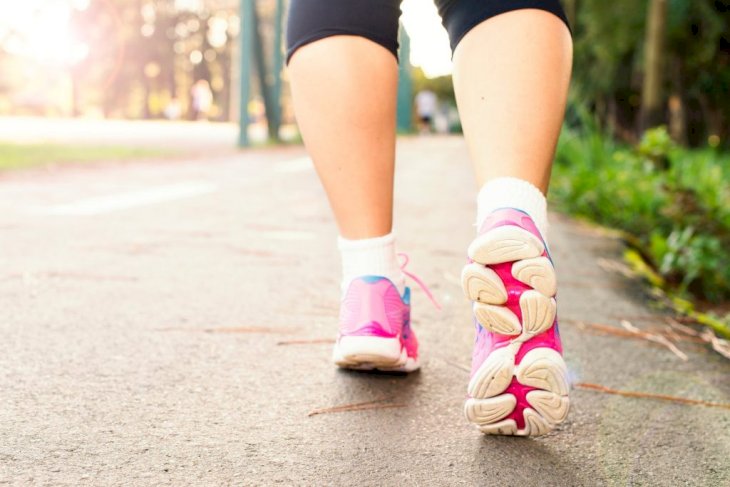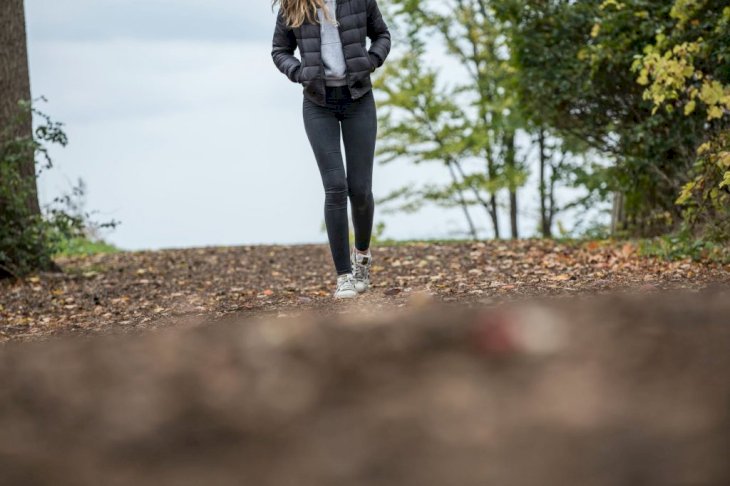
Exploring Walking Meditation
Meditative walking has its origins in Buddhism and can be used as part of mindfulness practice. The technique has many possible benefits and can help you feel more grounded, balanced, and serene.
When we think of someone meditating, we usually imagine him sitting, legs crossed and eyes closed, isolated and serene in his world reachable through body stasis and mental training. In fact, this is a possibility, but only one among many.
Walking meditation helps you develop a different awareness of your surroundings, body, and thoughts. Meditating while walking, therefore, brings many benefits!
What Is Meditative Walking?

Photo by ROMAN ODINTSOV on Pexels
Typically, during the meditative walk, you walk in a circle, back and forth in a straight line, or in a maze. It is also possible to do meditation by walking a longer distance.
The pace is slow and may vary depending on the specific technique. Often, practitioners do a walking meditation session between sitting meditations.
How Walking Meditation Works

Photo by Daniel Reche on Pexels
The walking meditation technique allows us to calm the mind while moving the body, according to a process that will enable us to arrive at our destination with a clearer mind than when we started.
Walking meditation is an excellent method to discipline the mind by increasing psychophysical well-being, improving the ability to concentrate, helping us regain a good mood, and increasing the perception of ourselves.
Benefits Of Walking Meditation: Increased Blood Circulation

Photo by Daria Shevtsova on Pexels
Meditative walking is often used by people who sit for long periods. The practice of walking helps to circulate the blood, especially to the legs.
It helps alleviate feelings of laziness or stagnation. Mindful walking is also a great way to stimulate blood circulation and increase your energy level if you work seated for long periods.
Improved Digestion

Photo by Lukas Hartmann on Pexels
Walking after eating is a fantastic way to boost digestion, especially if you're feeling heavy or full. Movement helps food move through your digestive tract and can prevent constipation as well.
Alleviation Of Depression

Photo by Clem Onojeghuo on Pexels
It is essential to stay active, especially as you get older. Regular exercise helps improve fitness and improve mood, both of which are likely to decline in older people. Besides improving blood pressure, you can also achieve functional fitness by walking.
Improved Well-Being

Photo by Noelle Otto on Pexels
When possible, take a walk in nature, such as in a park, garden, or place with trees, which can improve your overall sense of well-being and help you feel more balanced.
Improved Quality Of Sleep

Photo by Sebastian Voortman on Pexels
To reap the benefits of exercise, it is not necessary to do an intense workout. Regular and moderate exercise has a positive effect on sleep quality. Walking can help improve flexibility and reduce muscle tension so that you feel better physically.
In addition, you'll be more likely to reduce feelings of stress and anxiety, especially if you take a walk in the morning. All these benefits can leave you with a calm and clear mind so that you are ready to relax and sleep soundly every night.
It Inspires Creativity

Photo by Yogendra Singh on Pexels
Practicing meditative walking can bring you more clarity and focus on your thought patterns, which in turn can stimulate creativity.